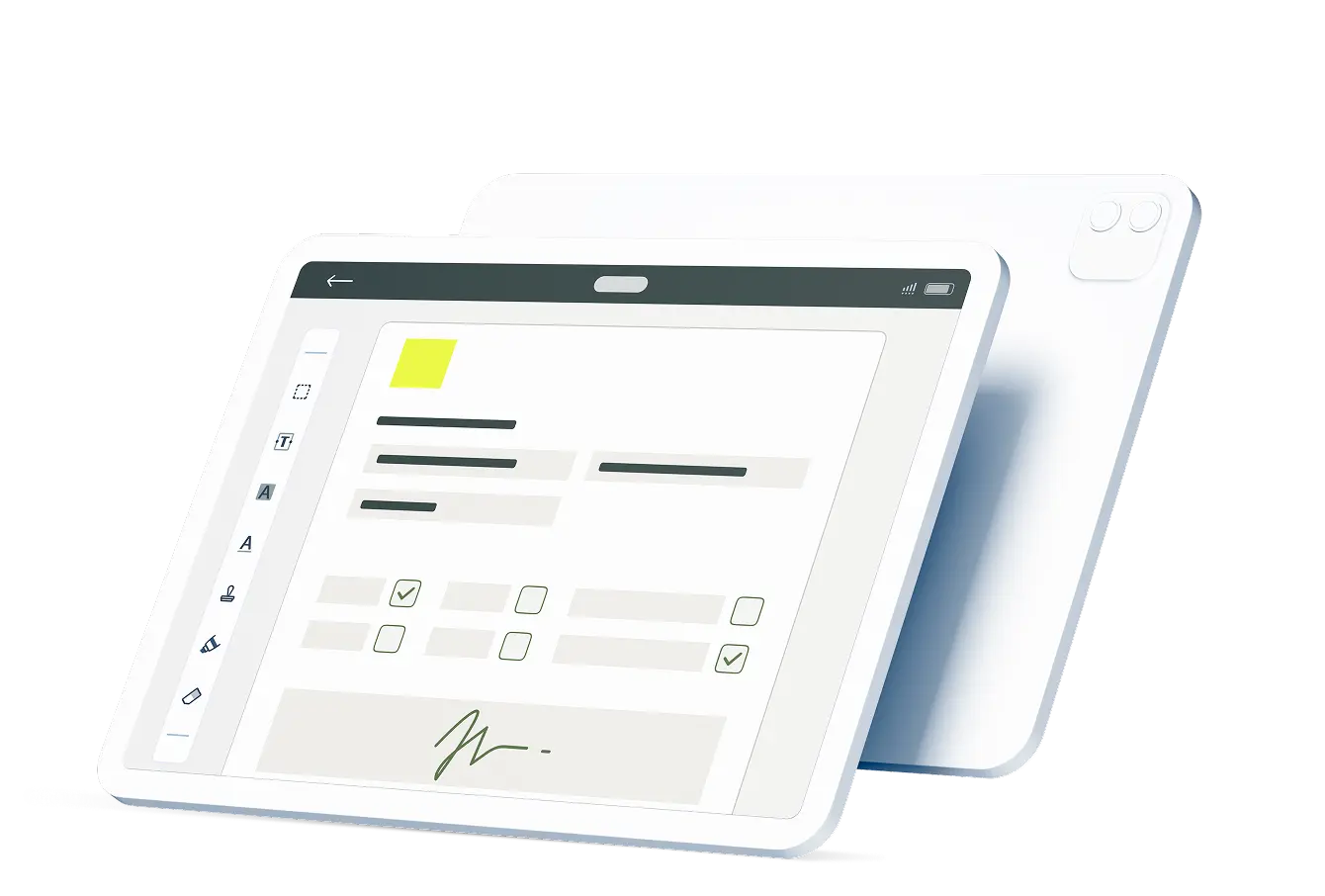Enforcing quality standards is one of the most important aspects of running a business, which is why the International Standards Organization takes auditing seriously. To prepare for an ISO audit, you need to understand what the standards are and how to follow them.
Contents:
What Is the ISO 9001?
The ISO 9001 is the most recently published set of standards, published in 2015, that establish quality standards for organizations around the globe. The ISO is designed to help businesses improve their quality management and is based on seven principles of quality:
- Customer focus
- Leadership
- Engagement of people
- Process approach
- Improvement
- Evidence-based decision-making
- Relationship management
The standard is designed for companies to be able to follow a checklist to make sure that they are following the appropriate guidelines to ensure safety and reliability.
What Is an ISO Audit?
An ISO audit involves an official assessment conducted to determine if a company fulfills a set of quality criteria for developing a product or service. Successfully completing an audit grants ISO certification that proves to both suppliers and customers that the company is known to follow safety, quality and reliability standards.
An ISO 9001 audit ensures that a company’s quality management system complies with the established ISO 9001 standards. These audits help businesses identify and address issues and discover ways to improve their QMS. The goal of any audit is to make sure that the best practices are being followed.
Internal vs. External
ISO audits can be done internally or externally. Usually, internal audits are done in order to prepare for an external audit. In an internal audit, a team member compares the company’s current QMS protocols with the ISO 9001 standards. During this audit, the member performing it can use a QMS audit checklist to identify signs of noncompliance within the company. It can also show opportunities for improvement and allows the company to independently change its practices to be more in line with ISO requirements.
External audits are conducted by an independent auditor in order for the business in question to obtain ISO certification. The auditor verifies that the company’s documentation and practices meet the requirements laid out in the ISO 9001 audit checklist. After the audit, the auditor states whether you meet the criteria for certification. If you do not, the auditor can recommend corrective actions to take before you receive accreditation.
The ISO Audit Checklist
The ISO 9001 audit checklist helps assess your organization’s QMS effectiveness and whether it meets certification requirements.
How To Use the Checklist
An ISO audit checklist can be used to determine to what extend your organization is already meeting ISO requirements. Following the checklist and assessing all of the required aspects can give you a good idea of where you fall short of meeting the ISO standards.
Why Undergo an ISO 9001 Audit
Improving your QMS can help your company run more efficiently and be more responsive in meeting industry changes and customer demands. Following a checklist to prepare for an ISO 9001 audit is an important step toward becoming certified by the ISO. Following these standards improves how your business operates and lets your customers and employees know that you prioritize safety and quality control. This kind of certification can set you apart from your competition and signal to your customers that you are reliable and create high-quality products.

